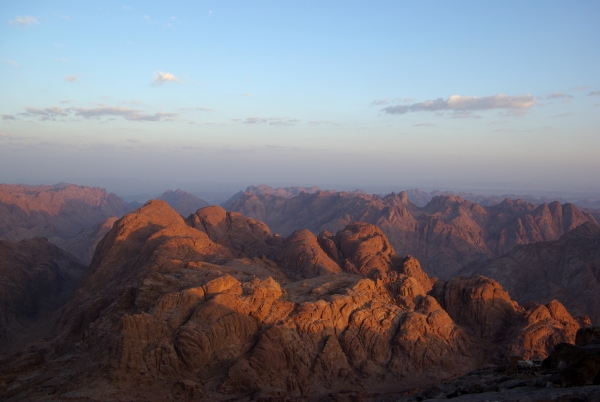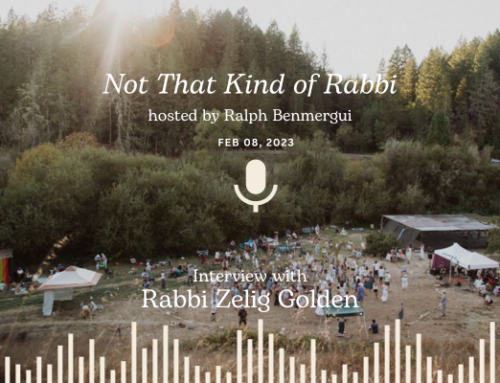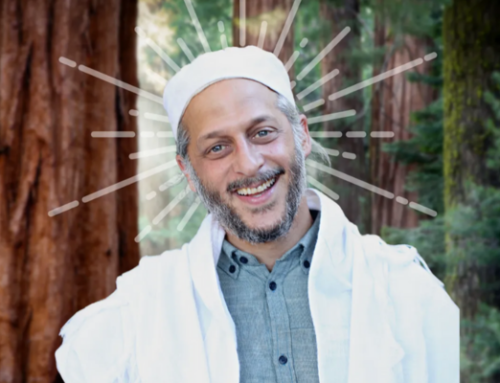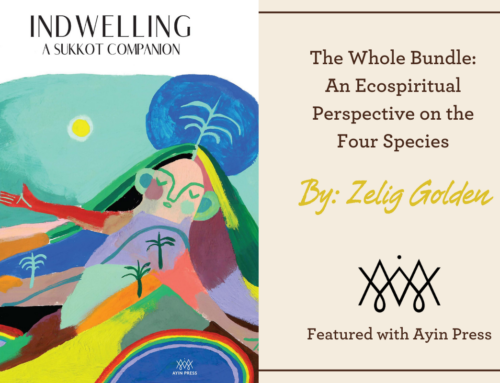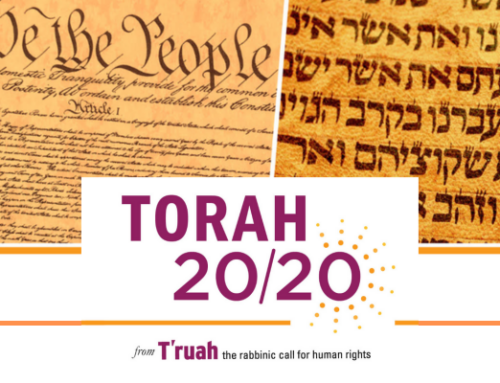by Zelig Golden
9 Adar 5768 | February 15, 2008
In this week’s parsha Tetsavveh, Moses stands alone on the Holy Mount Sinai – for forty days and forty nights – downloading from God the rituals that will become the roots of Jewish priestly practice. Moses’ solo journey on Mount Sinai continues into next week’s parasha Ki Tissa, where Moses receives the Pact between God and the people carved into two tablets “by the finger of God.” (Exodus 31:18). Of course, we never know the contents of the first Pact, because Moses smashes them upon his return to the people, where he is enraged by the site of the Golden Calf and the lack of faith it represents. (32:19).
Moses later returns to the Holy Mountain to once again receive the pact with God. But this time, God tells Moses to carve them himself. (34:1). Ultimately, then, the commandments from God come to us through the conduit of Moses. From this story, I burn to know what it means to hear God’s instruction. How do we know what is truly God’s?
In a rare Torah moment, we get some insight when Moses turns to God and asks God to show itself, prove its existence to Moses. (33:12-13). God agrees, with the caveat that Moses cannot see God’s face, “for people may not see Me and live.” (Ex. 33:20). So, God places Moses in a cleft of rock, shields his fact until God has passed to that Moses can get a glimpse of God passing. (33: 22-23).
In this passage, I am encouraged to embrace the mystery of life. To see God’s face, to see the complete truth of the universe, would mean the end of the mystery that drives our lives. As the people Israel – “God Wrestlers” – we are here to struggle, to yearn, and to live in awe of the vast beauty of God’s creation.
Even Moses, our greatest prophet, could not see the whole. The Jerusalem Talmud teaches that when Moses asked God to teach him the truth of Jewish law, God responded, “That is impossible, because the Torah requires us to interpret her many faces … for there are forty-nine way of interpreting the Torah.” (Sanhedrin 4:2).
To live is to embrace the mystery of life, and accept that there is no one truth. As individual sparks of the divine, our journey in finding God is to learn to hear the word of God with our own ears and our own hearts, and to interpret the faces of Torah from the place of our own faith; and ultimately, to share our insights with our unique voice. Then, in conversation with each other, we may come to more fully understand the whole of creation.

